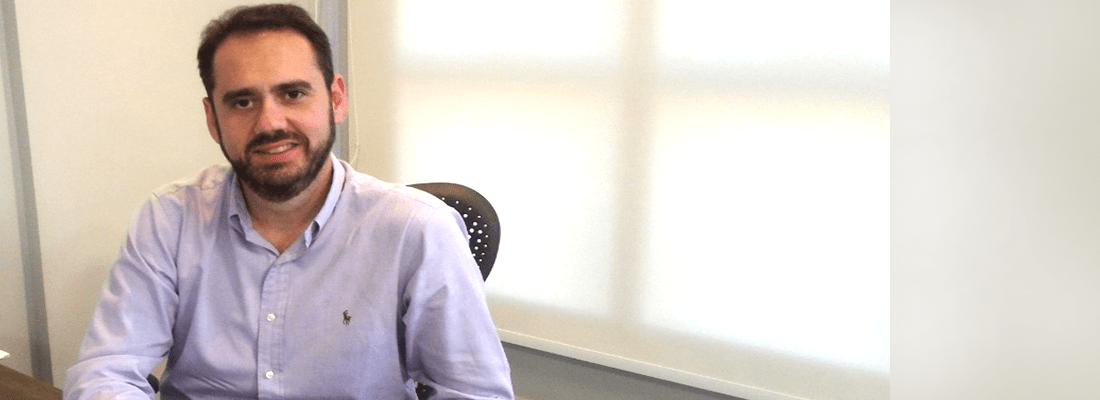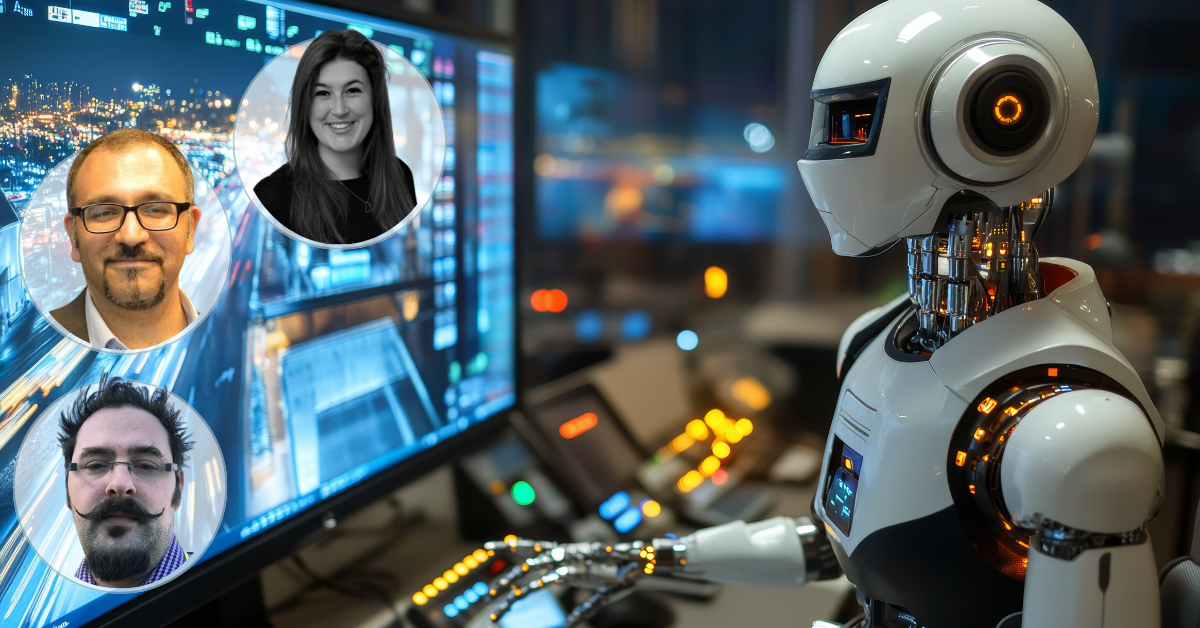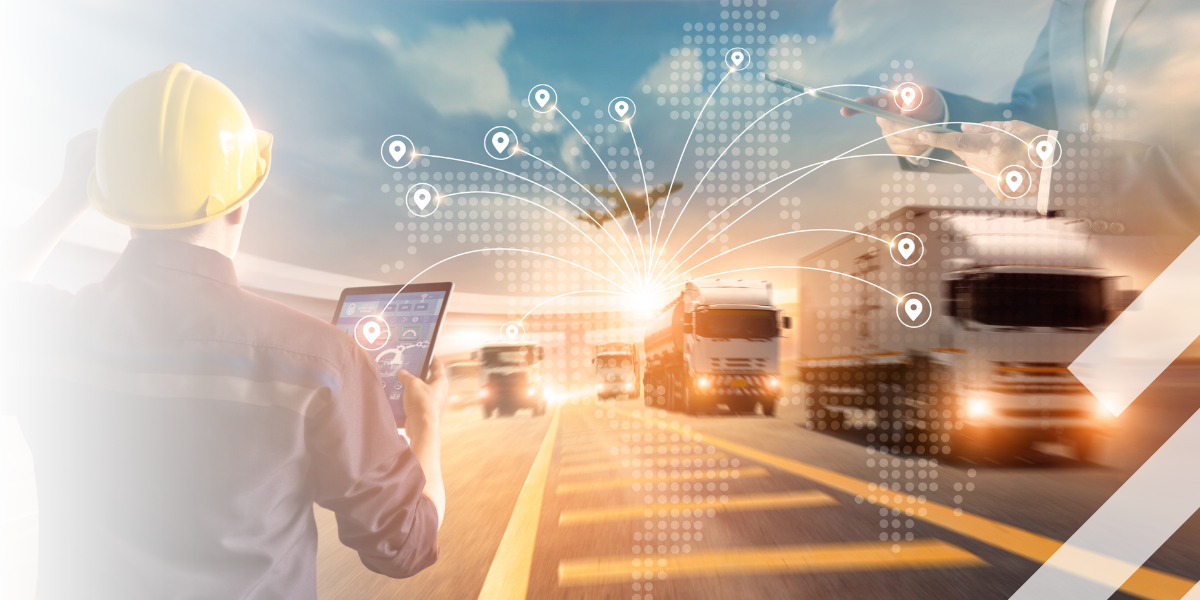Loading component...
Speeding up the mobility transition: Thiago Guerrer, Pumatronix

‘My job is easily related to the purpose of building a safe society.’
With the continuous growth of the population and ongoing urbanization there are numerous mobility challenges. Sustainability, safety and societal impact are amongst our daily concerns. We need to speed up the mobility transition to keep up with the fast changing global dynamics, which requires inventive approaches and better solutions. In this series we share inspiring and innovative cases from all over the world. Thiago Guerrer is Business Director at Brazilian company Pumatronix and shares what impact the company has had so far in the mobility industry. How did he speed up the mobility transition?
Pumatronix is based in Brazil and develops technologies for capture and image recognition. The company has hundreds of customers throughout Brazil. Its purpose is to contribute to the development of smart cities in Brazil through sustainable, high-tech and accurate solutions aimed at integrating new concepts in urban mobility, inspection and public security. We asked Thiago Guerrer how he speeds up the mobility transition.
‘The current public security in Brazil makes me feel eager to make a change every day.’
‘As Business Director at Pumatronix, what drives me most is to know that we manufacture and develop high-tech products that value lives through safer and more efficient traffic. Contributing to the development of smart cities through sustainable, innovative and highly accurate solutions in order to integrate the new concepts of urban mobility, inspection and public security in Brazil is a big challenge that makes me eager to make a change every day. The reason is simple: we are still learning about the importance of an intelligent transport system in our country. In general, we do not look at what is behind the scenes of all the infrastructure created to protect people from traffic accidents, for example, or to make alternative routes to get home faster and safely. So, I can say that my job is easily related to the purpose of building a safe society.’
‘Brazils social, economic and class inequality affect access and use of mobility services.’
‘Brazil has significant social, economic and class inequality, which reflect access to the set of services associated with mobility. In turn these affect access and the use of other services, such as schools, hospitals, leisure areas, among others. In general, the difficulty of accessing these services is related to the fees associated with travel, especially for public transportation, when compared to the income of the user population. Another problem associated with public transport is its absence or inefficiency in the provision of this service in certain areas, either due to the difficulty of access to the location or the lack of investment in the service.’
‘The process of building infrastructure involves politics or flexibility of laws.’
‘A survey conducted annually by IBGE (Brazilian institute for geography and statistics), shows that the problems associated with mobility have grown. When evaluating indicators such as the time spent between home and work, a survey demonstrated that even though there has been investment in the areas in recent years, the time spent by Brazilians to travel from their home to work has increased. The increase in travel time has been identified in locations commonly neglected by public investments. Building a sustainable infrastructure requires building bridges, duplicating highways, often requiring an environmental license or formal approval from the Estate. The process of building this infrastructure depends on the budget released by each government and therefore involves politics or flexibility of laws.’
‘Our challenge is to develop solutions that meets the government needs as well as the citizens where the cost is the main barrier to implement these solutions. We just launched a product called ITSCAM600 that is 100% produced in Brazil with the same deliveries of the ones in development countries. That means more attractive prices to the government.’
‘One of our other products called VIGIA-VL intends to understand the flow of streets and cities and use this information to plan traffic lights and control vehicle traffic. The system, which is integrated with traffic light controllers, allows for better monitoring and analysis of vehicle traffic by video, both for large urban centres and for small and medium-sized ones. With the solution we want to reinforce the traffic education to the citizens and autonomy to the traffic management. With this solution we improve the concept of mobility, since the increase in the vehicle fleet is a problem for drivers who, every day, lose many hours in traffic.’
‘In addition, the traffic lights can be programmed according to the time and flow of the different roads. The analysis is done in real time, with monitoring of up to 16 tracks per traffic light controller. The solution provides information for the system to carry out traffic management in an adaptive way, with timing adjustments according to the flow of each road. The occupancy rate, the forecast of queues and their size are also identified through the system. This helps improve traffic flows and contribute to our road safety.’
‘Offering an innovative solution to a social problem is not always enough. We cannot solve this alone. To me the biggest challenge for future mobility is infrastructure investments. Our country does not have many investments in the transformation of road infrastructures, while we still have a lot to develop in dedicated spaces so that there is sustainable integration with public and private transport. There are few lines of financing for operators. This could hamper the development of smart cities, which are constantly changing and need business support for investment in innovation.’
‘In order to speed up the mobility transition in Brazil we undoubtedly need long-term investments in innovative projects that bring solutions to the current urban mobility scenario. Rethinking what the world will be like after months of reclusion, citizens' needs have changed, people want to feel safe when sharing means of transport, and want to move faster or have the practicality inserted in their logistics. This means that we have to invest in Research and Development of technologies that support traffic engineering in a country of great cultural diversity, such as Brazil. When we developed a solution manufactured and designed in Brazil, for example, we broke a paradigm 13 years ago but today the scenario asks the government to give more focus to projects aimed at modernising the systems we have today.’
‘What inspires me is a concept we are implementing called “Green Line”. The Green Line is a street in the city of Curitiba (Brazil), being one of the main ones in the city and is formed by an exclusive central lane for the bi-articulated bus and by lanes for vehicle circulation. This would be a smart system combining cameras and analytics to provide a better flow of traffic managing cars, bicycle paths and lanes for instance. According to Robin Chase ex-CEO of Zipcar and Buzzcar, the difference between better or worse urban mobility is in sharing. In large cities, more than 90% of trips are made in single-occupancy private cars, which may continue to be, in the advent of autonomous and electric cars, an obstacle to faster traffic - even if, in theory, cheaper and more sustainable.’
‘The fate of urban mobility depends on society, more than on technology.’
‘The fate of urban mobility, in the end, depends more on society than on technology. The time we are living in has brought us the possibility to rethink models and intelligent transport systems so that there is an increasingly integrated, connected and conscious urban mobility. I get so much energy from my team and the market challenges to break barriers and be part of the history of mobility transformation in Curitiba. With previous knowledge and experience, I know that we can go further with Pumatronix, we have entrepreneurship and boldness in our DNA to break paradigms.’



